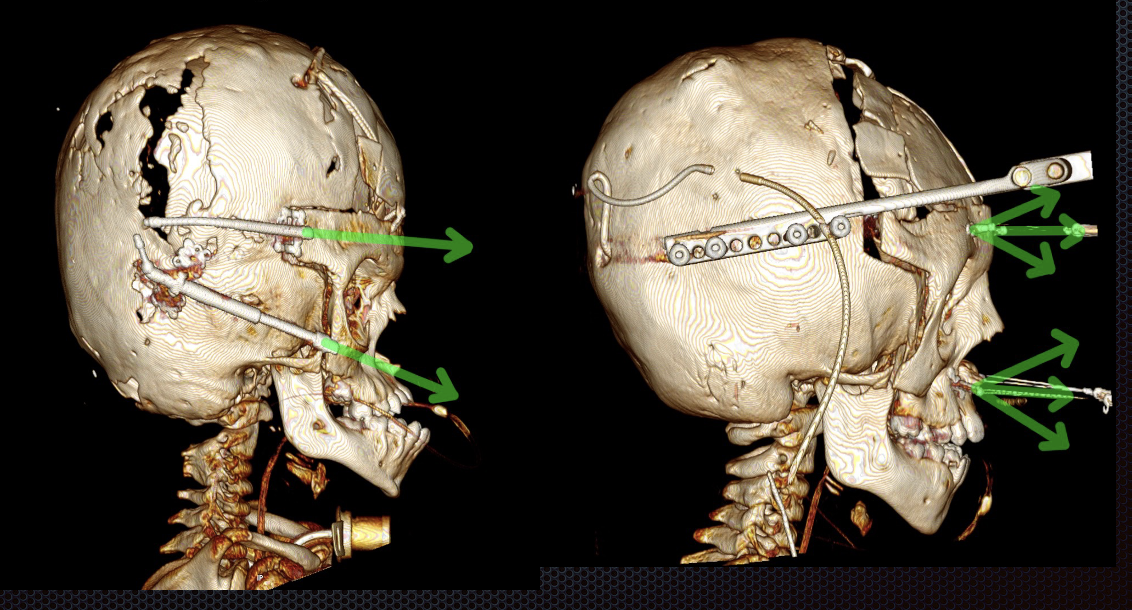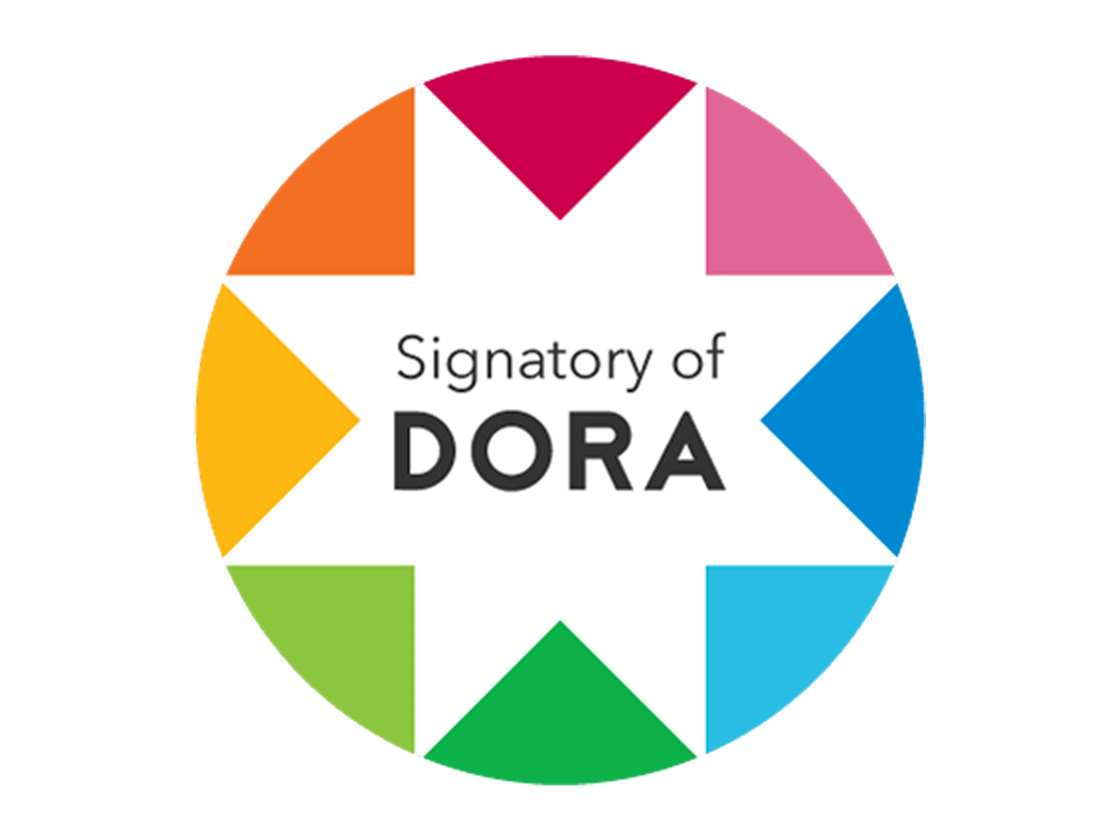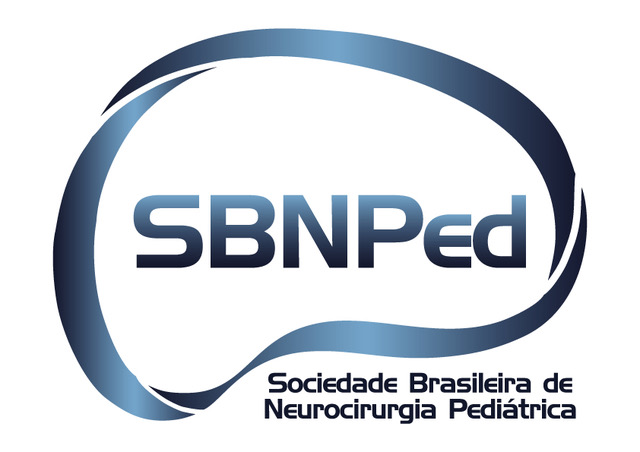Twenty Year review for Craniofacial Distraction in syndromic craniosynostosis
DOI:
https://doi.org/10.46900/apn.v5i2.179Keywords:
craniosynostosis, syndromic craniosynostosis, craniofacial surgery, pediatric neurosurgery, cranial deformityAbstract
Introduction: Craniosynostosis are cranial deformities resulting from the early closure of one or more sutures. Concomitant facial changes usually result from the involvement of multiple sutures, which may lead to restriction of cranial growth and brain expansion, ocular compression, and breathing difficulties. The distraction osteogenesis (DO)for frontofacial or posterior advancement have increased the safety of the procedure. The aim of this study was a critical evaluation of the use of DO in the surgical treatment of syndromic craniosynostoses, based on the experience of a single craniofacial team.
Methods: Retrospective review of third six patients operated from 2003 to 2022 by the same craniofacial team.
Results: 19 boys and 17 girls were operated, all with rigid distractors. Twenty-nine of them underwent monobloc frontofacial advancement. In seven patient a Le-Fort III/subcranial advancement was performed. A posterior craniofacial advancement was performed in 5. In 11 a fronto-orbital advancement was done in the first year of life. The mean age was 6.0 years (range, 6 months to 13 years). All patients presented with some degree of exorbitism, upper airway obstruction and signs of intracranial hypertension. Cerebrospinal fluid leakage was the most frequent complication (9 cases), pterygomaxillary disjunction was revised in 8, lateral rim orbital fracture in 3 cases, and 3 complication related to the device.
Conclusions: The evolution of surgical techniques allowed DO with rigid distractors to be an important tool for treating the craniofacial issues related to syndromic craniosynostoses. The multidisciplinary team's learning curve is critical to reducing complications associated with osteogenic distraction.
Downloads

Downloads
Published
How to Cite
Issue
Section
License
Copyright (c) 2023 Ricardo Santos de Oliveira; Matheus Ballestero, Paulo Barrero Marques-Netto, André Andó

This work is licensed under a Creative Commons Attribution 4.0 International License.

When publishing in Archives of Pediatric Neurosurgery journal, authors retain the copyright of their article and agree to license their work using a Creative Commons Attribution 4.0 International Public License (CC BY 4.0), thereby accepting the terms and conditions of this license (https://creativecommons.org/licenses/by/4.0/legalcode).
The CC BY 4.0 license terms applies to both readers and the publisher and allows them to: share (copy and redistribute in any medium or format) and adapt (remix, transform, and build upon) the article for any purpose, even commercially, provided that appropriate credit is given to the authors and the journal in which the article was published.
Authors grant Archives of Pediatric Neurosurgery the right to first publish the article and identify itself as the original publisher. Under the terms of the CC BY 4.0 license, authors allow the journal to distribute the article in third party databases, as long as its original authors and citation details are identified.





























